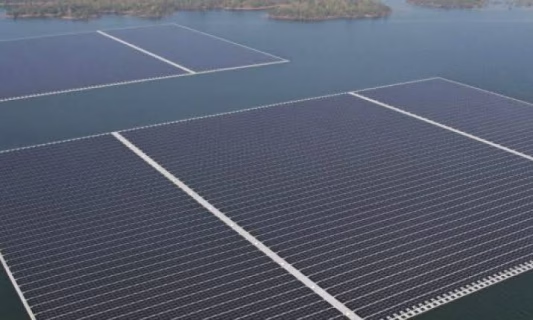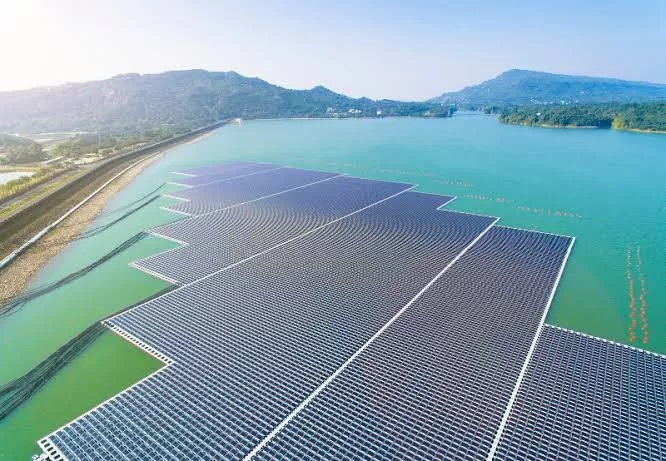Updated October 2, 2025– Ghana’s Black Volta Solar Project is a pioneering renewable energy initiative, featuring what has been commissioned as West Africa’s largest floating solar power plant. The project is situated on the Black Volta River and currently generates 5 megawatts (MW) of electricity. Its development was engineered by Ghanaian professionals from the Bui Power Authority (BPA).
This innovative floating array utilizes the water body to conserve land and enhance the efficiency of the photovoltaic modules due to the cooling effect, while also reducing water evaporation.

Also, the solar project forms part of Ghana’s broader strategy to diversify its energy mix which seeks increase the share of renewables, and is slated for potential expansion to approximately 65 MW in line with the country’s renewable energy master plan. Other countries in West Africa that have recently taken a bold step to increase the share of renewable energy in the national grid include Mauritania. Mauritania inked a $300 million deal with Ewa Green Energy that will foresee the development of a hybrid solar-wind power plant.
Reported April 3, 2025
In what is set to be a significant step in increasing the national renewable energy capacity, Ghana has just launched 5MW Black Volta Solar Project. This solar project is now West Africa’s largest floating solar project. The west African country aims to increase its share of renewable energy from the current 1% to 10% by the year 2030.
The pioneering 5MW floating solar installation is located at the Black Volta River. Additionally, the solar project was engineered by Ghanaian engineers from Bui Power Authority (BPA). This ambitious innovative outlines the commitment of Ghana to leveraging clean energy and reduce its overall carbon footprint.
5MW Black Volta Solar Project Factsheet
Also read: Mali Commences Construction of West Africa’s Largest Solar Plant
Significance of the Project
This floating solar project is seen as a groundbreaking solution that utilises photovoltaic modules on water bodies. Furthermore, it optimises land use while enhancing efficiency of solar panels.
Also, it helps in water conservation by reducing evaporation from the surface. This technology is helpful as it can be deployed on ponds, reservoirs, and other water bodies.
The Project a Part of Ghana’s National Energy Plan
The successful of this floating solar project, is in line with Ghana’s National Energy Plan. Furthermore, this plan supports the increasing of renewable energy penetration by 10% by the year 2030.
Lastly, the Deputy Director of Renewable Energy of Bui Power Authority, Peter Acheampong, said, “We have just completed the 5MW project and it is generating power.”
Also read: Ghana Inaugurates Africa’s Largest Rooftop Solar Plant in Tema: First of its Kind

